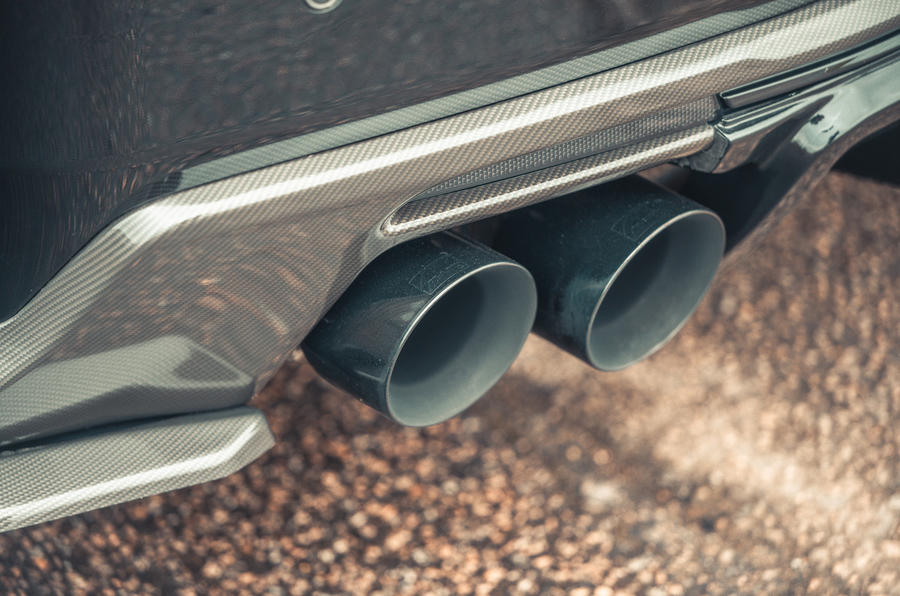The timing and “limited” environmental benefit of Euro 7 proposals have been slammed ahead of its planned 2025 introduction.
Car makers have reacted negatively to tough new proposals from the European Commission about emissions from new cars, including EVs, across the European Union.
The new Euro 7 regulations, due to come into force from 1 July 2025 for new cars and light vans, will lower NOx emissions by 35 per cent compared with Euro 6 regulations and cut tailpipe particulates by 13 per cent, the commission said. New regulations for larger vans, trucks and buses will start in 2027.
The total extra cost on a light van or car will be €304 (AUD$469) per vehicle, the commission said in its proposal document. “This is a reform that is affordable,” European Commissioner Thierry Breton said at the announcement of the reforms.”
However, Oliver Zipse, president of European auto industry lobby group ACEA and CEO of BMW, said: “Unfortunately, the environmental benefit of the commission’s proposal is very limited, whereas it heavily increases the cost of vehicles.” ACEA also called the timing “unrealistic, given the huge number of vehicle models and variants that need to be developed.”
Ford’s Europe head of its Model E electric division, Martin Sander, said it would undermine the shift to electric. “We should not be diverting resources to yesterday’s technology and invest in zero-emission instead,” Sander said in a statement.
As well as tougher regulations on exhaust emissions, Euro 7 would also limit emissions from brakes and tyres, affecting EVs as well as combustion-engine vehicles. Brake particles would need to be cut by 27 per cent, the commission said, while a tyre target will be set following the review of abrasion measurement methods.
Breton said: “We sometimes assume EVs are totally clean, and they are on CO2, but electric vehicles are about 40% heavier than your average combustion engine vehicle so they do emit more of these particles.” However, EVs also use regenerative braking to slow themselves down, reducing brake pad usage, so it’s unclear at this stage what will have to change. Brake particle emissions limits will more than halve again from 2035.
The commission said when setting the proposals that it went for a “medium ambitious policy” that doesn’t encompasses all driving scenarios but includes durability requirements and continuous emission monitoring. However, cars will have to comply with an “emissions budget” for every trip under 10km, which will take into account cold starts, one of the highest-emitting phases for combustion-engine vehicles.
Zipse took issue with the wider range in which emissions will be tested, arguing that the proposals “focus on extreme driving conditions that have hardly any real-life relevance”.
Cars and light vans must also be able stay within the emissions boundaries over the course of their life, proposals state. ‘Life time’ is defined as eight years or 160,000km, after which they can bust their emissions by a factor of 1.2 up to 10 years or 200,000km.
As well as vehicle emissions from engines, tyres and brakes, the proposals also specify battery durability for EVs and plug-in hybrids of 80 per cent after five years or 100,000km, and 70 per cent after eight years or 160,000km.
The proposals also require manufacturers to upgrade the on-board diagnostic (OBD) system to one that offers on-board monitoring (OBM) to report changes and faults within the engine that might increase emissions. This is expected to end the process of ‘chipping’ turbocharged cars to increase horsepower.
A range of Euro 7 designations will be available, including Euro 7+, for combustion-engine and hybrid cars that exceed emissions compliance by 20 per cent. Meanwhile, the Euro 7G category will be for those plug-in hybrid vehicles with geofencing technology that switches to electric in certain locations, such as city centres. For these, “the manufacturer shall install a driver warning system on those vehicles to inform the user when the traction batteries are nearly empty,” the proposals state. Software will stop the vehicle if the battery isn’t charged within 5km of the first warning.
This proposal is thought to give plug-in hybrids a longer runway by guaranteeing they are plugged in and to help reduce localised tailpipe emissions.
However, the proposals don’t go far enough for Brussels-based green transport pressure group T&E, which stated that “the proposals for cars are so weak, the auto industry might have drafted them themselves”. The group took issue with the industry’s complaints on grounds of cost by pointing to recent record car maker profits. “Its opposition to Euro 7 on cost grounds looks more like a bid to profit further at the expense of human health,” the group said.
Nick Gibbs




